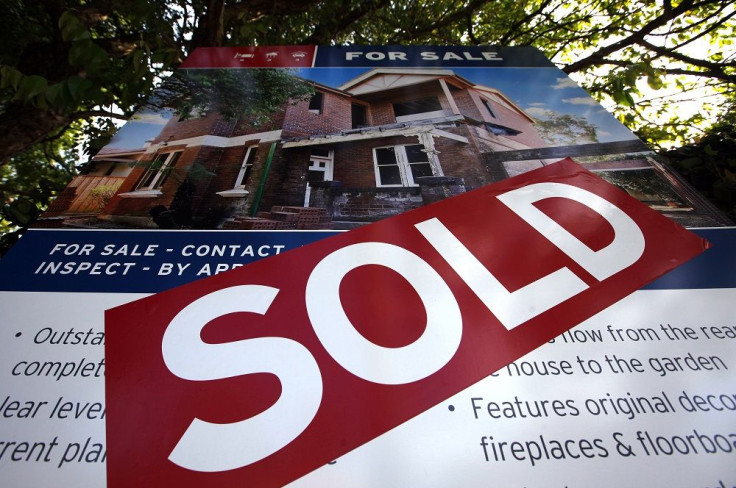Increasing supply ‘unlikely in isolation to create affordable housing’ in Australia: analysis

New research has shown that boosting the supply alone is unlikely to result to affordable housing. The analysis comes amid claims that simply increasing the number of homes in Sydney will solve the housing affordability crisis.
Australian National University’s Cukkoo Joseph and Ben Phillips have identified an excess supply of housing in several inner Sydney suburbs. House prices in that region surged over the past five years in spite of the surplus.
Comments made by politicians suggest that adding new housing supply is the best solution to improve affordability. The ANU report recognises that this particular idea has some benefits, but it is "unlikely in isolation to create affordable housing" in the country.
"This inference is all the more likely given the time taken to complete new dwellings and that inevitably in the short to medium term new supply is only likely to be a small share of the total dwelling stock," it says. The modelling indicated that inner-Sydney’s statistical region has accrued a "significant surplus" of 5,900 dwellings relative to population growth since 2001.
The report also implies that new policies to improve affordability are needed. "If, as this report suggests, housing in Australia is not in short supply, then we need to find alternative explanations for house-price growth,” the report says, adding that such explanation would direct policy in applying levels capable of affecting housing affordability.
Based on Department of Planning figures, a record 37,608 new houses were completed in Sydney during the year to March. That is nearly three times more new dwellings compared to the figures in 2008 and 2009.
Phillips said often that behaviour of property prices at the regional level "has nothing to do" with underlying fundamentals for housing demand. These include population growth. He pointed out that housing is an asset, and assets do not constantly reflect the fundamental underlying value. It is, according to Phillips, unlike the demand for ice cream or bananas.
The research represents the country’s first published regional analysis of housing demand and supply. The paper considers demographic change in the country’s 328 regions called "statistical area level 3" by the Bureau of Statistics as well as population growth. It analyses how well new supply of housing meets demand.
Some regional centres were found to have housing surpluses. They were particularly those in mining-sensitive areas such as North Queensland and Western Australia. Inner Sydney, Melbourne and Brisbane were "all over-supplied.”
Learn Liberty/YouTube






